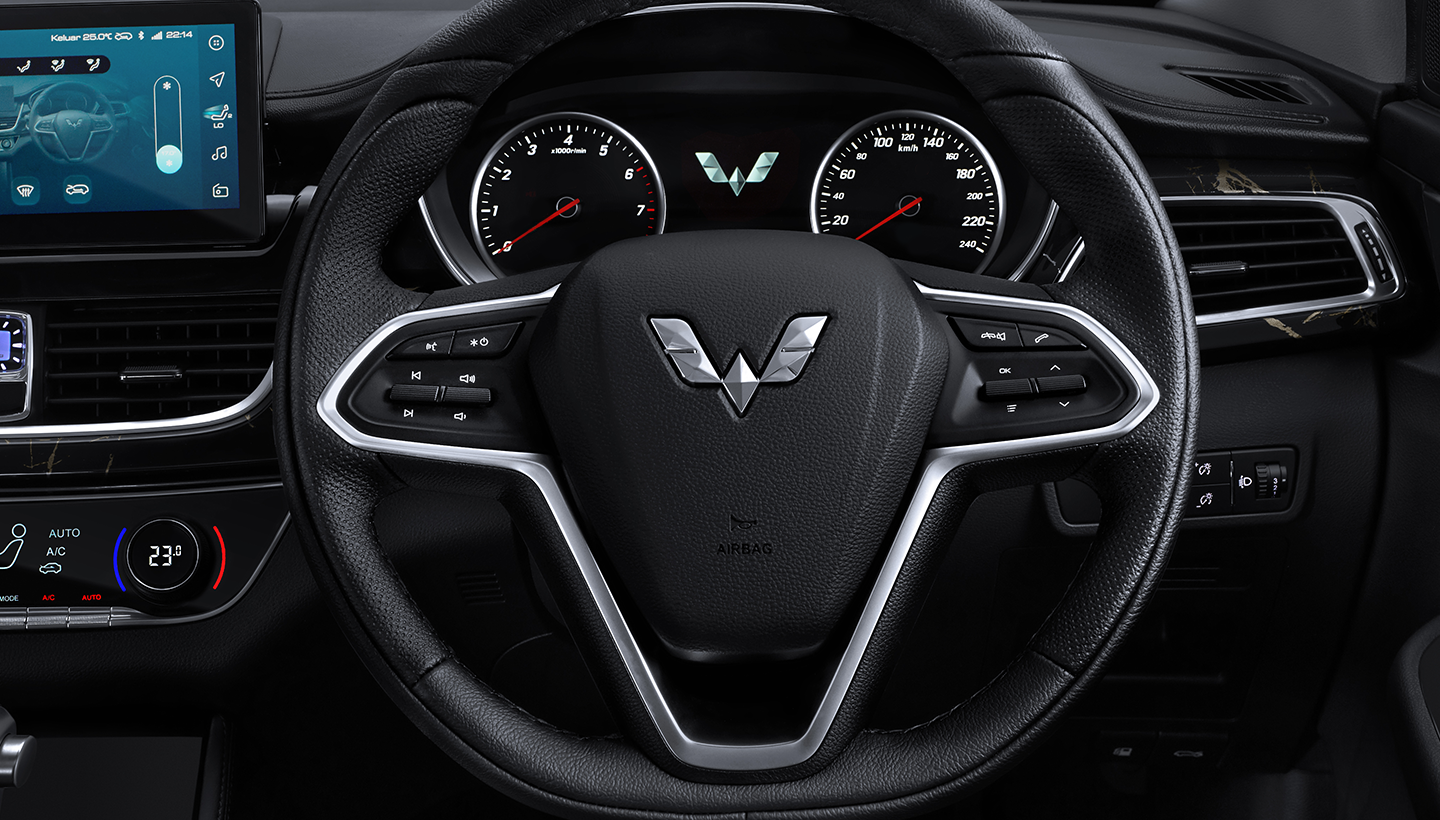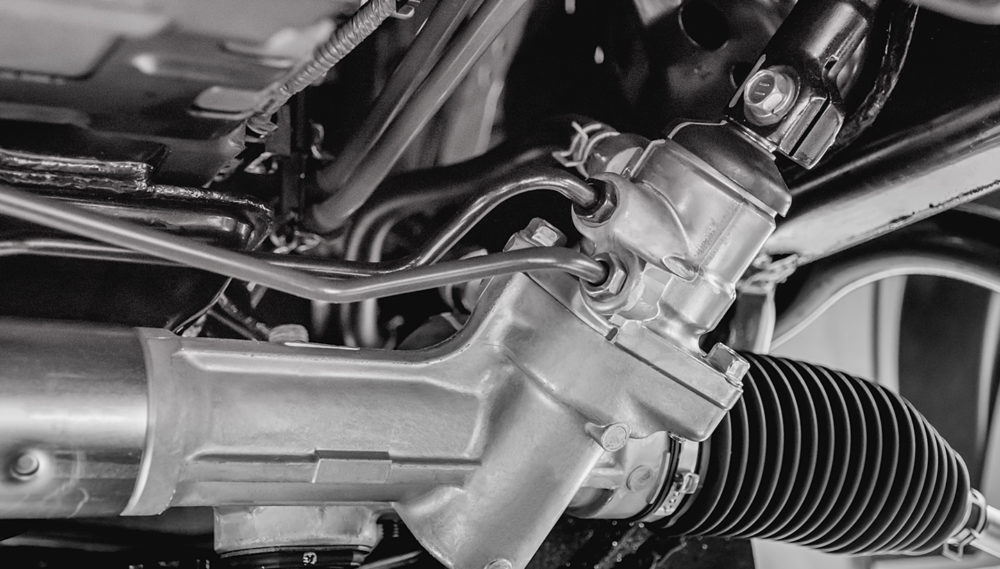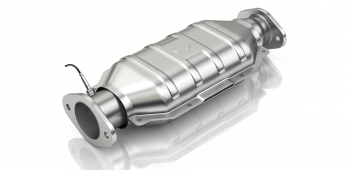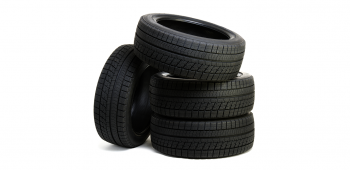8 Effective Ways to Maintain Power Steering for Comfort & Durable
30 August, 2023

Power steering is a vital component in modern vehicles, making it easier for drivers to control their cars. However, many drivers often neglect proper power steering maintenance, leading to potential damage and uncomfortable driving experiences.
In this article, we’ll discuss effective ways to maintain power steering to prolong its lifespan and ensure a comfortable driving experience. We’ll also explore the benefits of using power steering systems and provide solutions if you encounter power steering problems.
Differences in Power Steering
It’s worth noting that power steering can be categorized into three types: electric power steering (EPS), hydraulic power steering, and hybrid power steering. Despite their differences, all three serve the same purpose, which is to make steering easier at low speeds or when parking. Here’s a breakdown of their variations:
- Hydraulic Power Steering: This type of power steering uses hydraulic fluid to assist the driver in turning the steering wheel. However, it places an additional load on the engine, potentially reducing fuel efficiency.
- Electric Power Steering: EPS, on the other hand, eliminates the need for hydraulic fluid, making it virtually maintenance-free and mechanically compact. EPS is believed to contribute to better fuel efficiency in vehicles.
- Hybrid Power Steering: Hybrid power steering systems combine the advantages of both hydraulic and electric power steering.

How to Maintain Power Steering for Comfort and Durability
When your power steering system is damaged, it often manifests as a heavy or stiff steering wheel, which can significantly affect driving comfort. So, how can you maintain it properly? Here are some tips:
1. Regularly check the steering fluid
Power steering fluid lubricates and cools the power steering system. Ensure that the fluid level is always within the recommended range—neither too much nor too little. If it’s low, add fluid as needed. If it’s too high, have it adjusted at a service center.
2. Avoid forced steering
Steer gently, especially when making sharp turns. Avoid frequent maneuvers that cause the steering wheel to reach its maximum limit, either to the left or right. This can put excessive strain on the power steering pump and lead to rapid wear.
3. Steer clear of puddles
Avoid driving through deep puddles, as they can damage the power steering system. If you must navigate through standing water, do so cautiously and keep your speed in check.
4. Inspect rack steer boots for tears
Check the rubber rack steer boots regularly and ensure they’re in good condition without any tears. Damaged boots can allow water, dust, and dirt to enter the power steering system, potentially causing rust on the steering shaft. Cleaning the power steering system periodically helps protect it from small particles that can harm it.
5. Maintain a healthy battery
Electric power steering relies on a stable and strong electrical supply. Ensure your vehicle’s battery is in good condition to ensure the power steering functions correctly. If the battery weakens, you may notice the steering wheel becoming heavier than usual. Neglecting this issue can eventually damage the EPS components.
6. Avoid steering while stationary
Refrain from turning the steering wheel when your car is stationary, as it can strain the electric power steering system. Park your vehicle with the wheels straight whenever possible.
7. Regularly inspect the drive belt
The drive belt powers the power steering pump and ensures its proper function. Loose or worn-out drive belts can disrupt fluid flow and affect power steering performance. Periodically check the belt’s tension and look for signs of wear or cracks. If your vehicle uses hydraulic power steering, ensure that the power steering pump belt is in good condition to prevent it from snapping.
8. Scheduled power steering system check during service
Include a power steering system check in your routine vehicle servicing. Examine all cables and connectors in an electric power steering system to ensure they are in good condition. Replace any damaged components as needed.
In this era, the majority of modern cars come equipped with power steering as a standard feature. New vehicles, like the Wuling New Cortez, feature a tilt steering wheel for added convenience. It’s essential to maintain and care for these steering systems to ensure a comfortable driving experience.
Tilt steering allows drivers to adjust the steering wheel’s vertical position, providing optimal comfort and posture while driving. Therefore, extra attention is required to ensure it functions optimally.
Benefits of Power Steering Systems for Drivers
There are several advantages to using power steering systems:
-
Enhanced Driving Comfort
Power steering reduces the physical effort required to turn the steering wheel, especially at low speeds. This makes steering lighter and more manageable, particularly when parking or making tight turns. This can greatly enhance driving comfort, especially in heavy traffic or during long journeys.
-
Improved Safety
With lighter steering, drivers can have better control of their vehicles, reducing the risk of accidents. Additionally, power steering systems help absorb shocks from irregular road surfaces, directing them away from the steering wheel.
-
Enhanced Vehicle Responsiveness
Power steering systems assist drivers in turning the steering wheel more quickly and accurately. This can improve vehicle responsiveness and reduce the risk of accidents.
What to Do If Power Steering Fails?
If your power steering system fails, it’s crucial to have your vehicle serviced promptly to prevent the issue from worsening. Typically, power steering repairs involve replacing damaged components or fixing problematic parts.
Attempting to repair the power steering system yourself is not recommended, as it can lead to further damage. It’s best to take your car to an authorized service center to ensure it receives the appropriate care without causing further harm to the power steering system.



